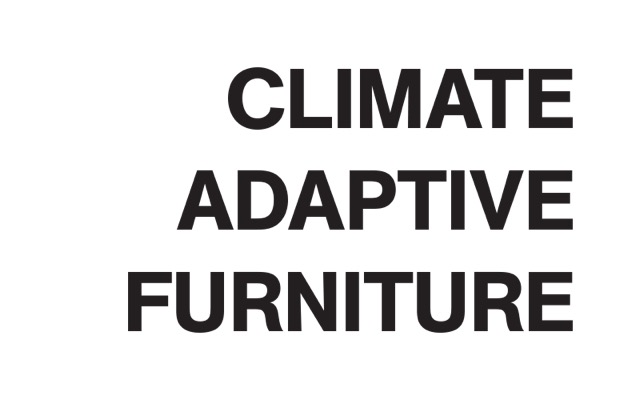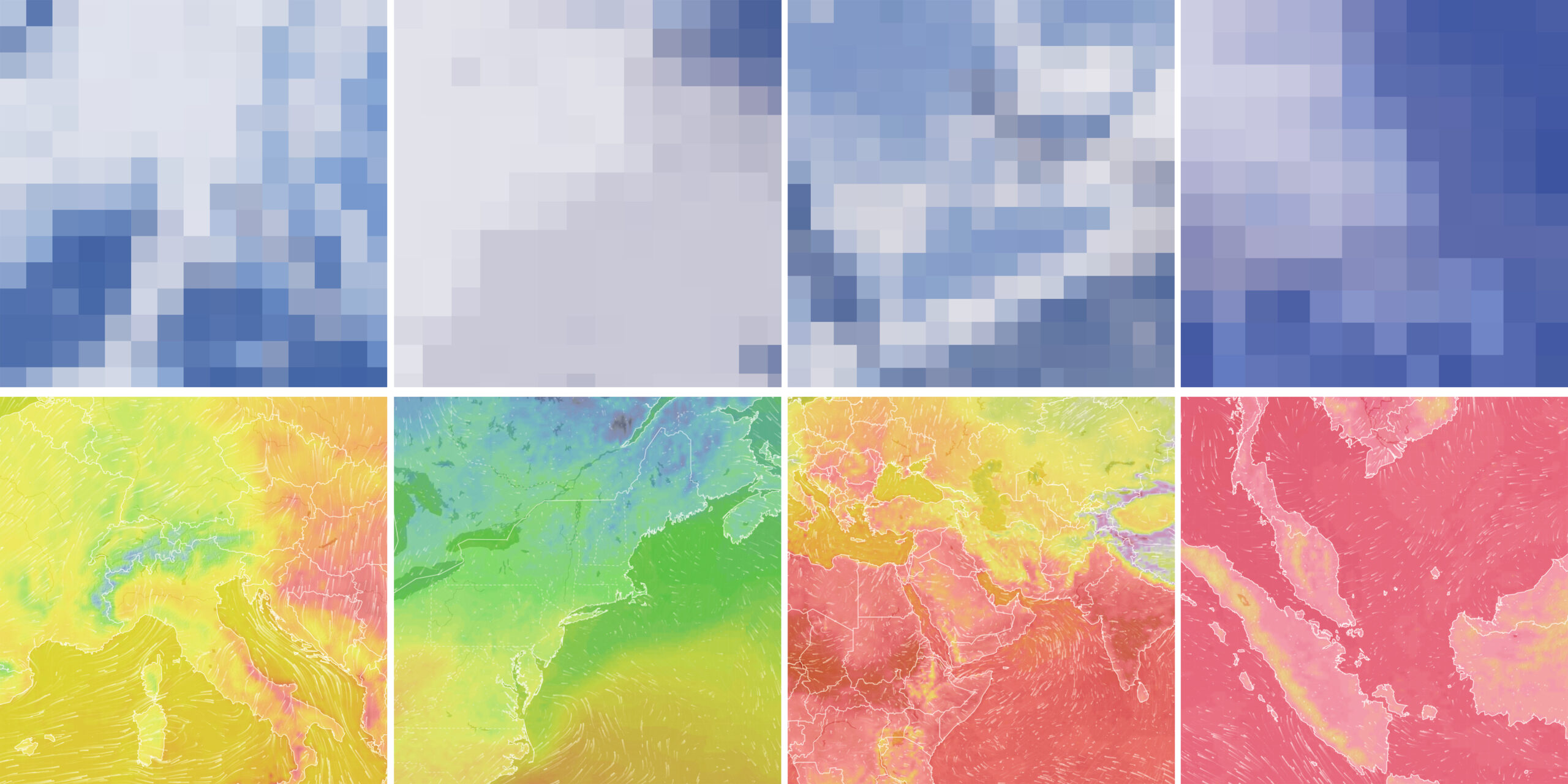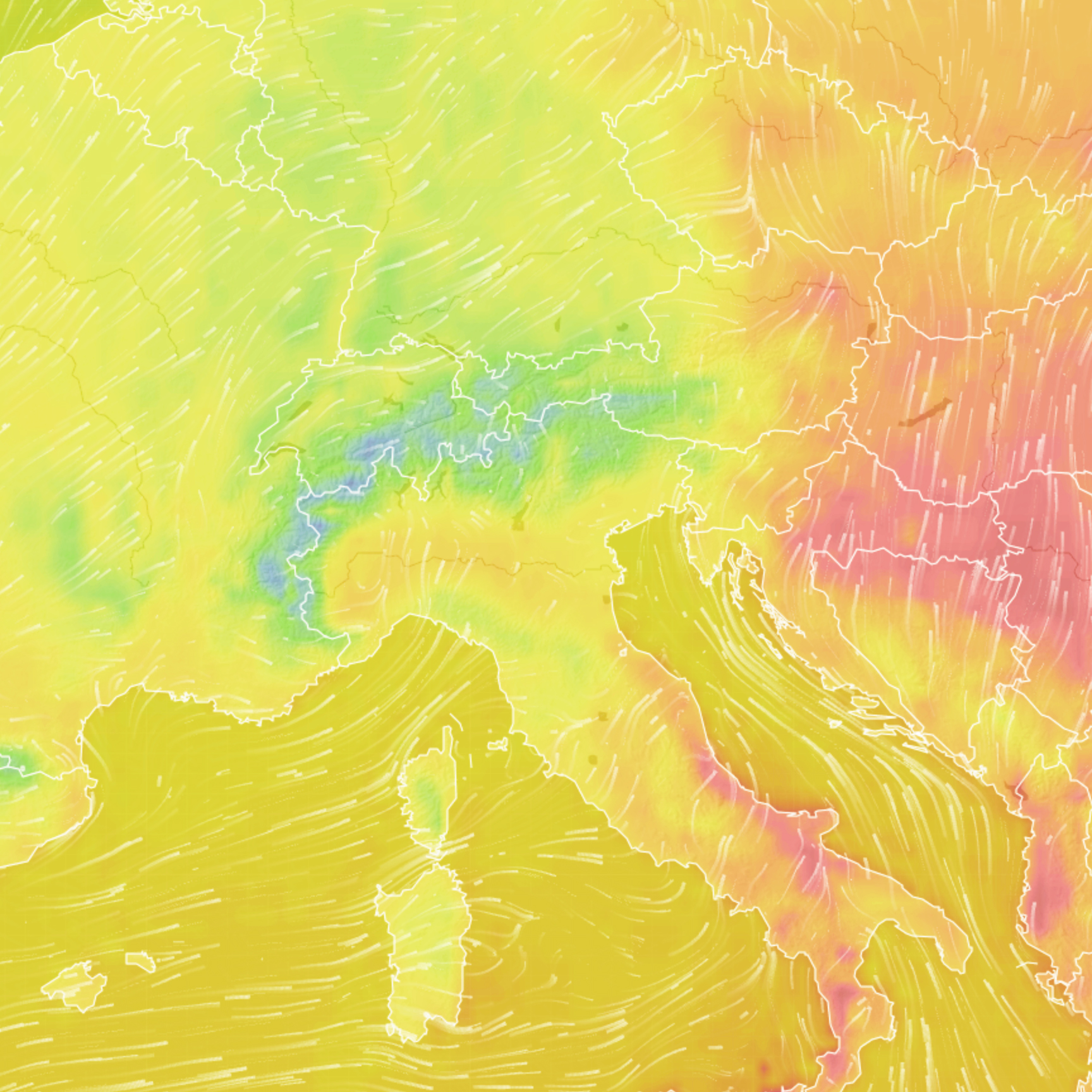Mediterranean: Milan, Italy
Temperate: New York, USA
Arid: Riyadh, KSA
Tropical: Singapore, Republic of Singapore
The series of climate adaptive urban furniture are tailored to four distinct climate zones:
mediterranean, arid, tropical. At the above maps, based on information from Ventusky application, we’ve represented the average temperature, cloud cover and shadow patterns characteristic of each climate zone with a representative location: Milan, New York, Riyadh, Singapore.
In mediterranean climates marked by mild, wet winters and hot, dry summers, our designs focus on durability against extreme temperatures, coupled with water-efficient features. The research into mediterranean climate patterns underscores the increasing frequency of heatwaves and droughts, driving the need for resilient solutions during periods of heat and minimal precipitation.
For temperate climates influenced by proximity to large bodies of water and moderate temperatures, our furniture will emphasize corrosion-resistant materials and ergonomic designs suitable for variable weather conditions. Research in temperate climate zones drive the development of furniture solutions that can withstand fluctuating weather patterns to ensure durability and functionality in urban areas.
In arid regions characterized by scarce rainfall and intense heat, our furniture will incorporate materials resistant to high temperatures and radiation, while providing shade and water-saving features. Climate research in arid zones highlights the exacerbation of water scarcity due to climate change, emphasizing the importance of innovative water-saving technologies integrated into urban infrastructure.
In tropical zones, where heavy rainfall and high humidity prevail, our furniture are prioritizing materials resistant to moisture, with designs promoting ventilation. Ongoing studies in tropical climates reveal the heightened risk of flooding and humidity-related health issues, underscoring the necessity for furniture designs that promote airflow to enhance comfort in urban settings.
Through this interdisciplinary approach, we aim to contribute to resilient and adaptive urban environments in the face of climate change.



